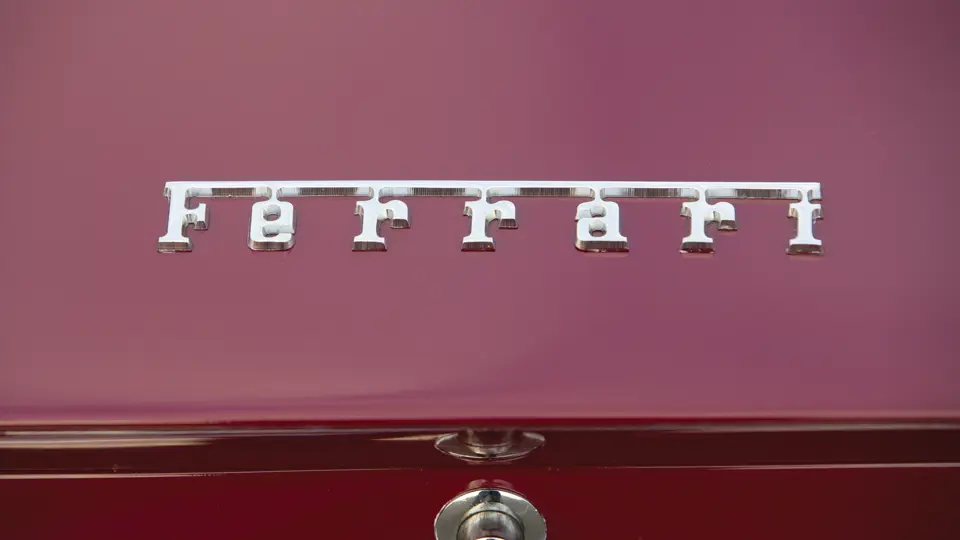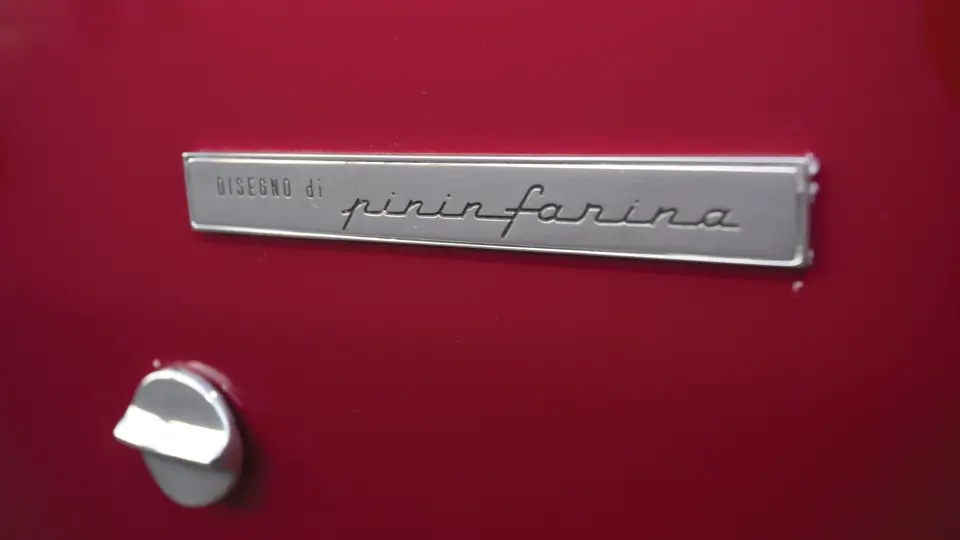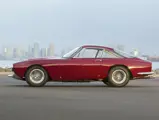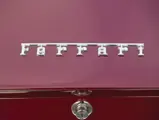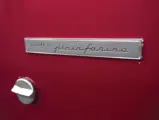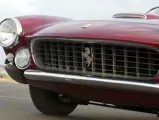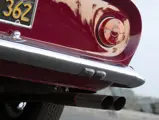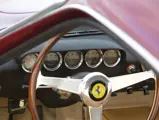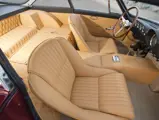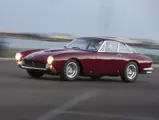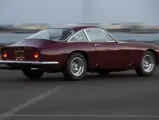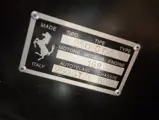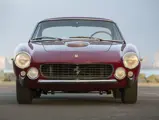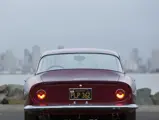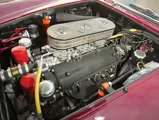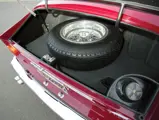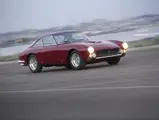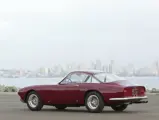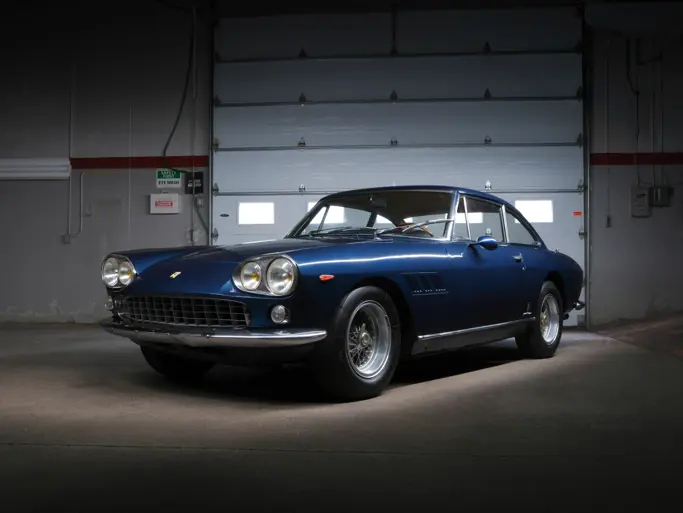
1963 Ferrari 250 GT/L 'Lusso' by Scaglietti
{{lr.item.text}}
$2,447,500 USD | Sold
{{bidding.lot.reserveStatusFormatted}}
- The final iteration of the Ferrari 250 series
- The 168th of 350 examples produced
- One of the most comprehensively restored examples, finished in a desirable color combination
- Matching numbers and Ferrari Classiche certified
240 bhp, 2,953 cc single overhead-camshaft V-12 engine with triple Weber carburetors, four-speed manual gearbox, independent front suspension with unequal length A-arms and coil springs, live rear axle with semi-elliptic leaf springs, parallel trailing arms, and Watt Bar, and four-wheel hydraulic disc brakes. Wheelbase: 94.48 in.
The Ferrari 250 GT/L, or the “Lusso” as it has become known over time, is widely celebrated as one of the most beautifully proportioned Ferraris ever designed by Pininfarina. Following the Lusso’s premiere at the Paris Motor Show in October 1962, it was widely acclaimed as yet another triumph for both its designers at Pininfarina and coachbuilders at Scaglietti. The Lusso would be the last Ferrari to bear the legendary 250 name, and many thought that Pininfarina had saved their best design for the celebrated 250 chassis for last.
Sitting on the shorter wheelbase chassis of the Ferrari 250 model range, power was delivered through the same 2,953-cubic centimeter short block V-12 that was designed by Gioacchino Colombo. As it was the last car in the 250 line, the Lusso would also be the last V-12 Ferrari road car to feature this engine, as displacement would increase to 275 cubic centimeters per cylinder for the next generation of Ferrari road cars. Additionally, the Lusso offered significant chassis upgrades, thanks mostly to lessons learned by the Scuderia in racing the 250 SWB and 250 GTO. These improvements principally consisted of the use of concentric springs around the telescopic shock absorbers and a Watts linkage to laterally stabilize the rear axle.
The design of the front end was clearly reminiscent of the 250 GT SWB, which is arguably the greatest dual-purpose race and road car ever created. The design elegantly swept back to the rear and culminated in a Kamm tail with a subtle rear spoiler, which was similar to that on the 250 GTO and the forthcoming 275 GTB. The Lusso is instantly recognizable as a member of the 250 family of Ferraris, and its design language makes it clear that this is a Ferrari for grand touring, as it appears to be visually less muscular than the SWB and GTO. However, three Lussos saw competitive use in the hands of their owners and proved to be successful, testifying to the sporting nature of the engine and chassis.
“Lusso” translated into English means luxury, and from one look into the cabin, there is no doubt that luxury is the perfect word to describe the ambiance. Its driver and passenger were lavished with the finest Italian materials in terms of leather, chrome trim, and a Nardi wood-rimmed steering wheel, which was a trademark Ferrari item. Arguably, the most eye-catching part of the interior was the rear luggage shelf, which was quilted in fine Italian leather and designed to support designer luggage that was just as chic as the Lusso itself. The dashboard configuration, thought to be inspired from a previous special-bodied 250 SWB, was also different from previous production Ferrari models, as it featured a large-diameter tachometer and speedometer in the center of the dashboard, which was angled toward the driver for easier readability.
Additionally, that luxurious interior ambiance was heightened by the airy “greenhouse” design created for the cabin. Glass surrounds the driver on all sides, and it is only punctuated by thin rear pillars that help house the panoramic rear window. This created a sweeping curve that merged delicately into a tiny rear deck. This design feature was distinct to the Lusso and offered almost 360-degree visibility for the driver, making the car not only stylish but also easier to maneuver through traffic for the driver.
In the hands of the motoring press, the car was well-acclaimed, even by Ferrari’s standards. Virtually all journalists who were granted the opportunity to test a Lusso showered the car with praise. Car and Driver declared, “Its proportions approach perfection,” Automobile Revue called it “the most beautiful car in the world,” and Ferrari Magazine called it “one of the all-time classics.” Even five years later, Road & Track proclaimed it as “Ferrari’s most beautiful car,” which is a compliment that cannot be tossed around lightly.
According to information complied by Ferrari historian Marcel Massini, the Lusso on sale today, chassis 5215GT, was sold new in 1963 by official Ferrari dealer Charles Rezzaghi SA in San Francisco, California. The first owner of the car was a Thomas Pelandini of nearby Moraga, California. Pelandini owned the Lusso for 17 years and then passed it on to Paul Uenaka, of San Jose, California, in 1980. It remained in his possession before passing to the next owner, Joseph Galdi of Tuscon, Arizona. Galdi had the car fully restored in Scottsdale, with the body stripped down to bare metal, a repaint in a gorgeous shade of burgundy, and the interior fitted with new beige Connolly leather.
After its restoration was complete, it was featured in a special issue for Road & Track magazine that was titled On Ferrari and written by Ken Gross; its appearance in this magazine is no doubt a testimony to the quality of its restoration. In 2004, Galdi sold the car after 18 years of ownership, and it returned to California, where it would reside for the next few years. It was subsequently sold to Shawn Williams, in Beverly Hills, California, in July 2007. Shortly thereafter, he showed the car at Concourso Italiano, where it won a Gold Award.
Following this outing, chassis 5215 was subject to a complete, no-expense-spared, nut-and-bolt restoration. The paint was stripped down to bare metal and the car was disassembled. The interior was replaced with new, correct-type Connolly leather, and it received new carpets, a headliner, and a fresh, correct wrinkle-finish dash, completely restored gauges, a wood-rimmed steering wheel, switches, and all other interior amenities. The undercarriage was completely cleaned and redone, the exhaust was replaced with a new system, the suspension and brakes were rebuilt, and all other mechanical functions were gone through and rebuilt. The engine was taken out, the entire engine bay was cleaned, and everything was refinished, even down to the correct Cheney-type hoses and hose clamps. The carburetion systems were gone through, as were the steering units and cooling systems. The car received all new rubbers, and the molding and trim pieces were refinished. The only thing that the car did not receive was a freshly rebuilt engine, because it was deemed that the compression and mechanical functions of the engine were very good. In all, the restoration process took well over a year-and-a-half to complete.
In 2010, the car joined a very prominent collection of Ferraris in North Carolina. Under the even more critical eye of this owner, it was decided that chassis 5215 would undertake a full engine rebuild with Wayne Obry’s Motion Products, in Neenah, Wisconsin, in order to ensure that its mechanical condition matched its impeccable cosmetic condition. Today, this Lusso is arguably one of the finest examples in existence, and it is accompanied by all its original books and tools. Also accompanying the car are numerous records and receipts from the cars restoration and servicing, as well as over 100 photos of the restoration process, which document the complete transformation of the car to show-quality condition. Perhaps even more important is the fact that chassis 5215 is confirmed as completely matching numbers, and it is accompanied with its Ferrari Classiche certification binder.
Lussos are desired by many not only for their timeless good looks but also for their marvelous grand touring dynamics and their place in history as the last of the 250 series of Ferraris. They are certainly one of the most fabulous sports cars to ever leave the gates of the Ferrari factory in Maranello, and ownership of one is undoubtedly a requirement of any serious Ferrari collection. The Lusso set the standard for grand touring cars when new, and it continues to be well-regarded in that nature to this day. This car is in absolutely breathtaking condition, and it would undoubtedly do well on the show field or the open road.
Titled as 1964.


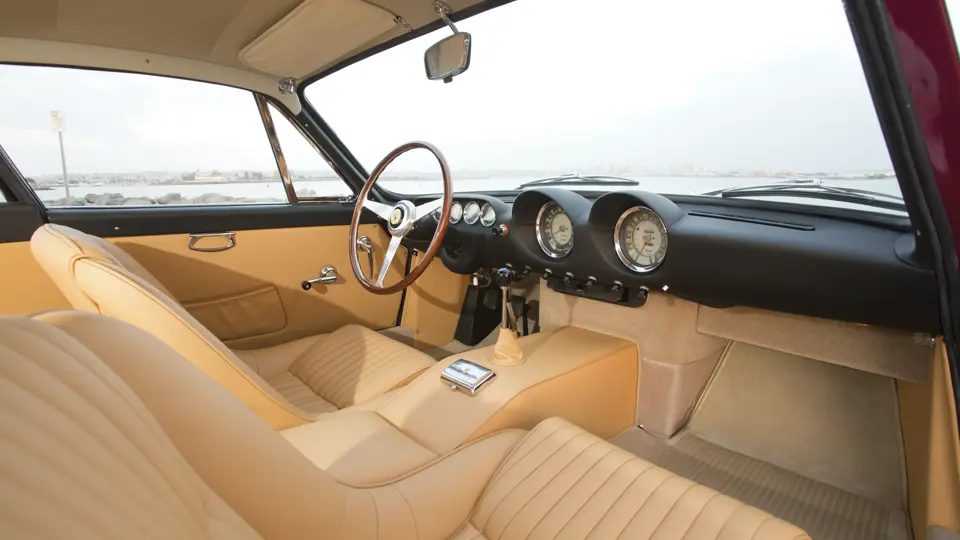

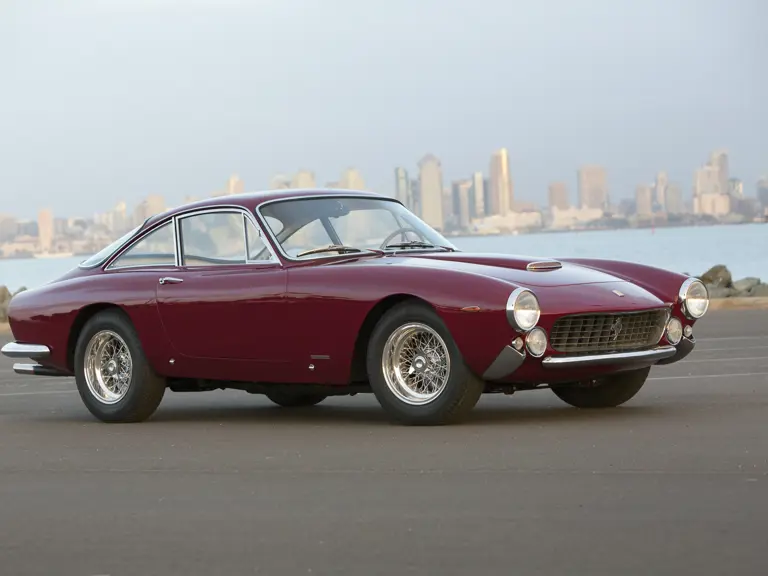
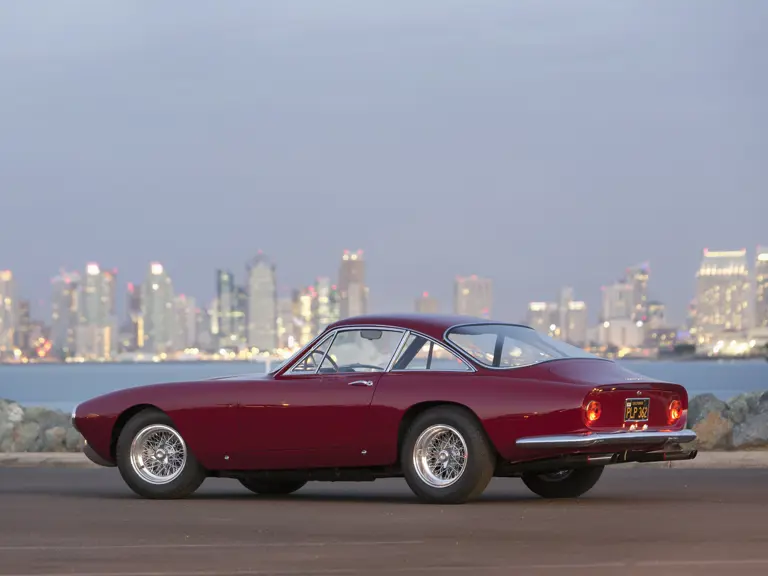
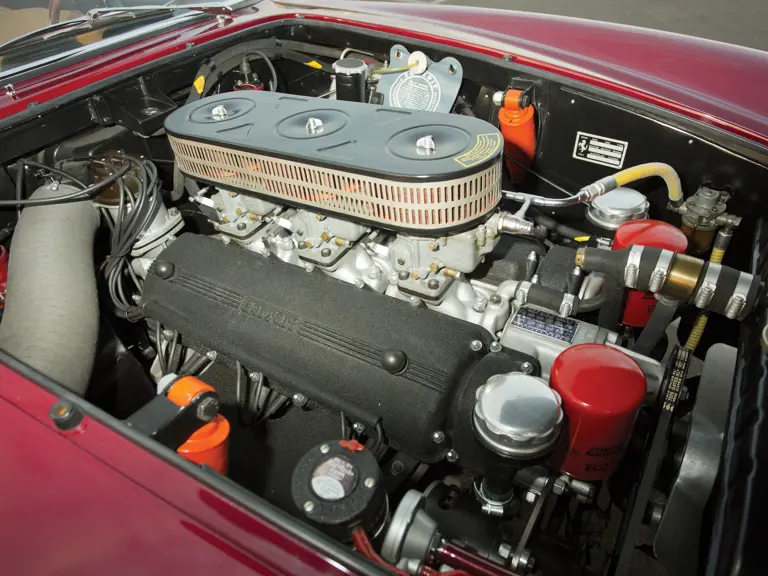

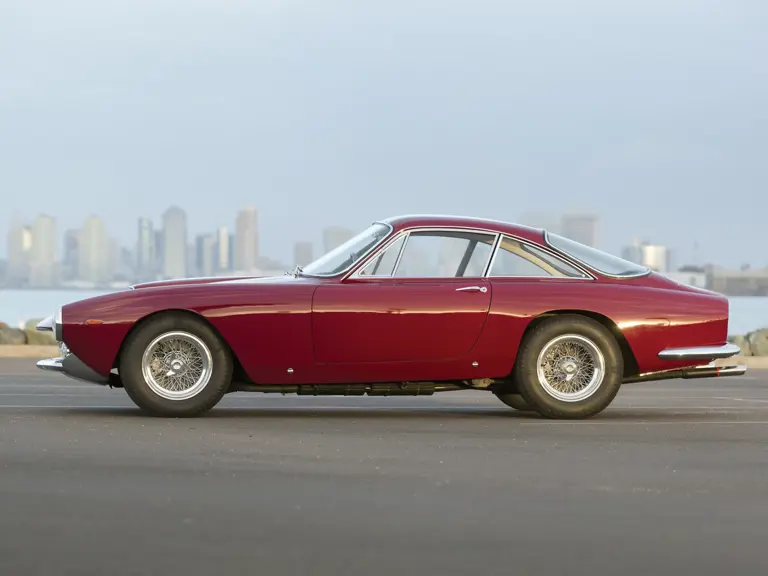
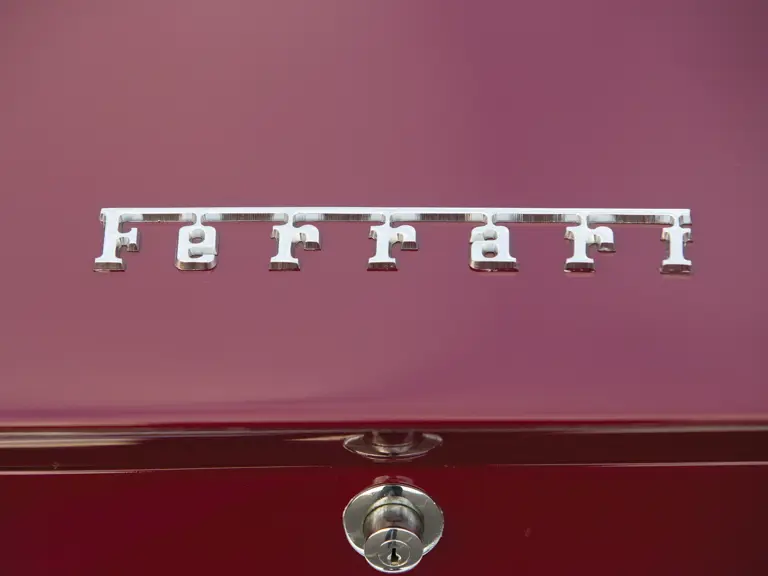
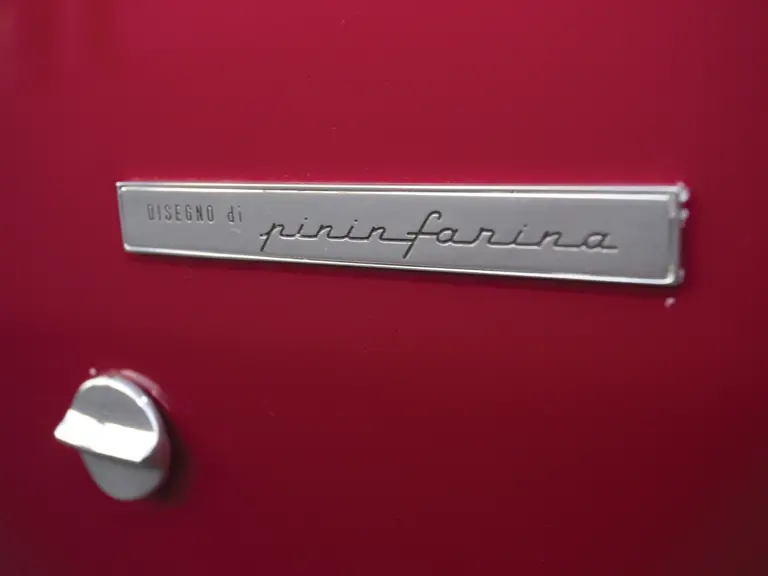
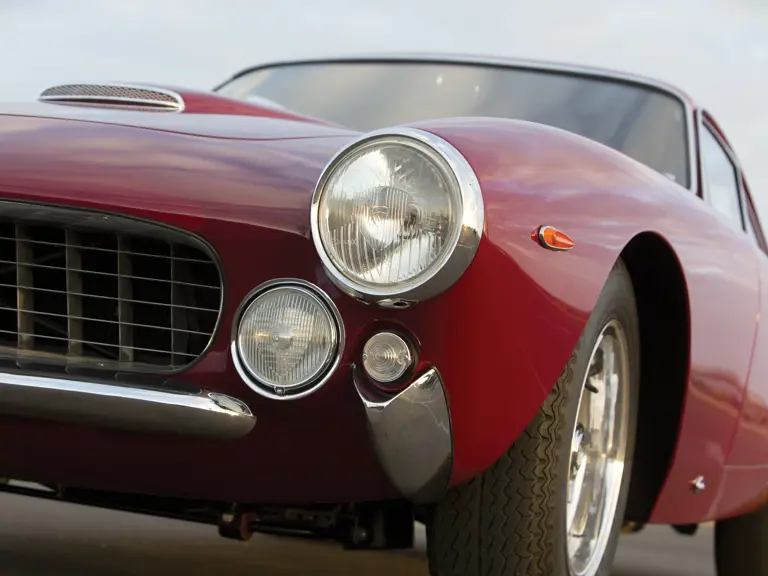
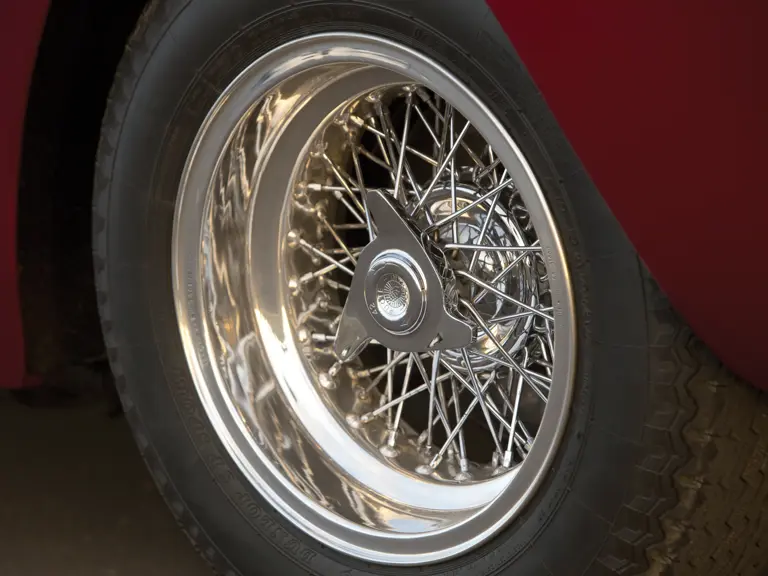
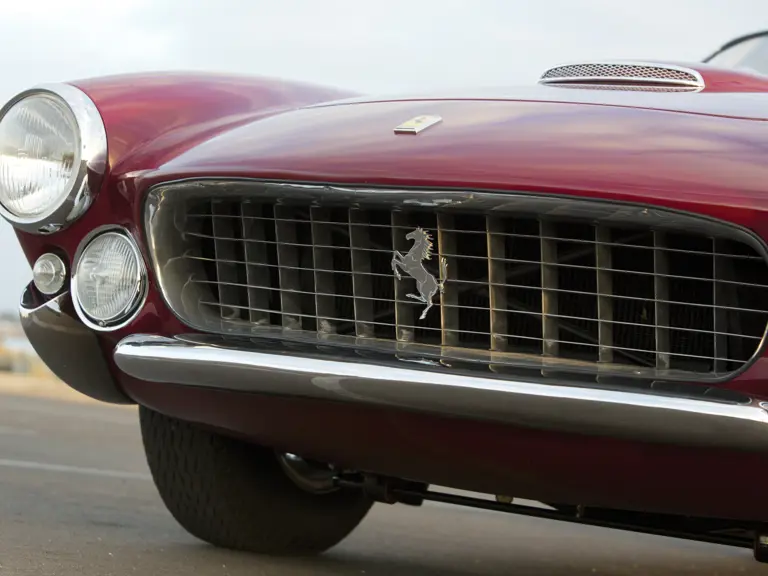
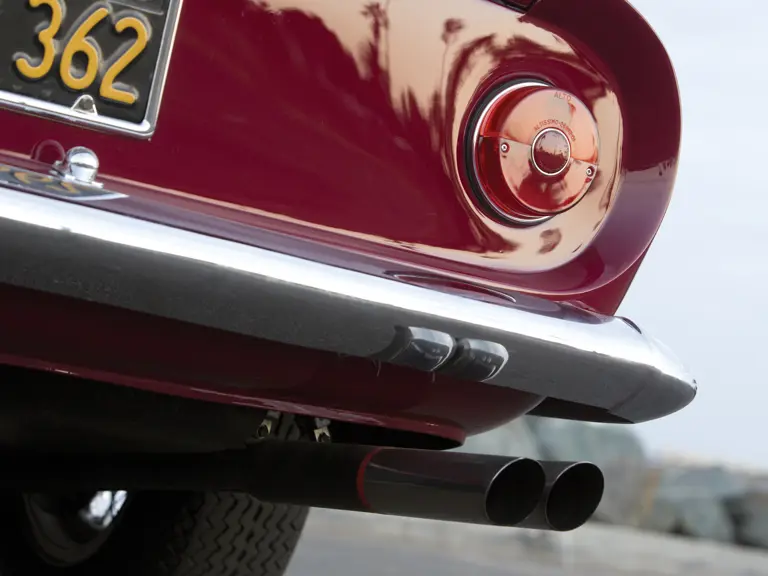
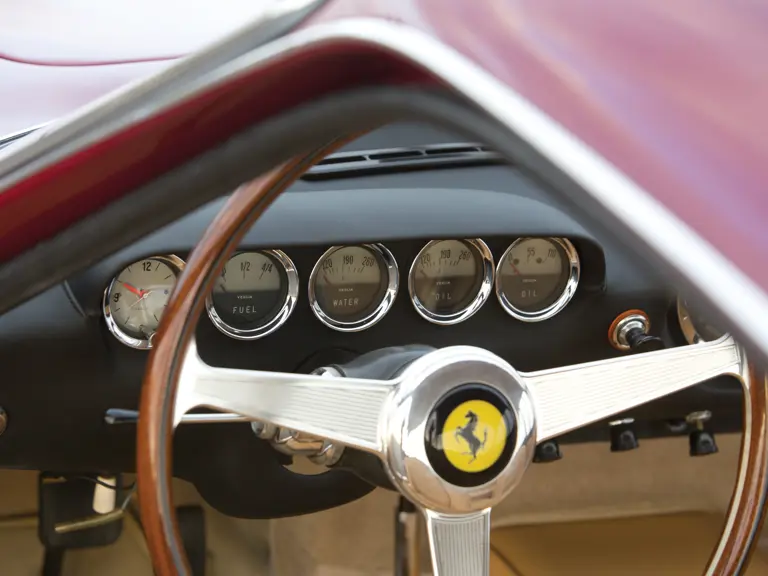
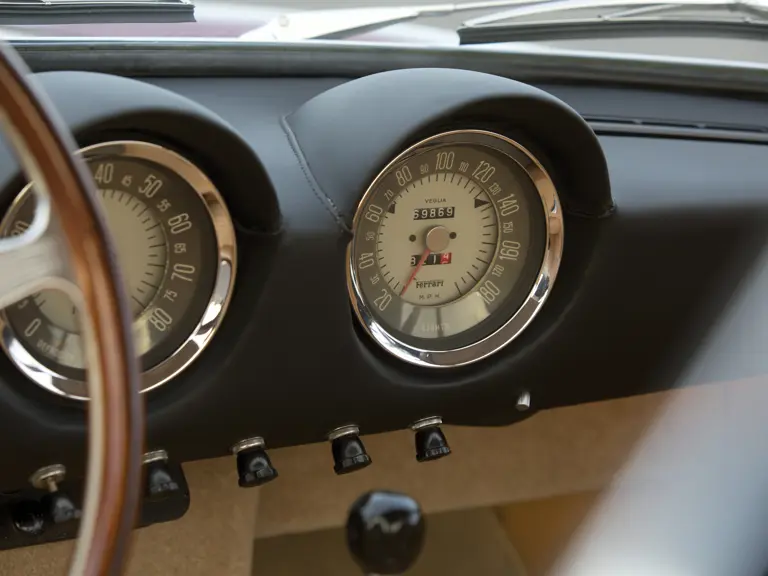
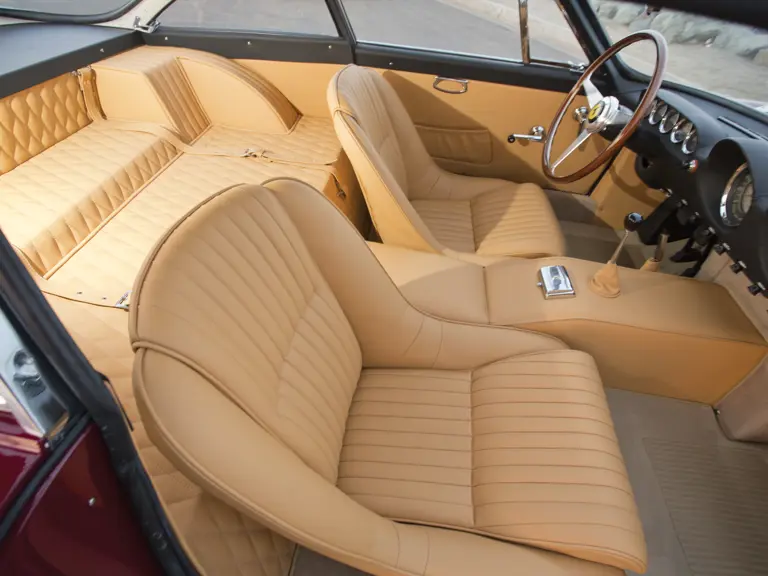
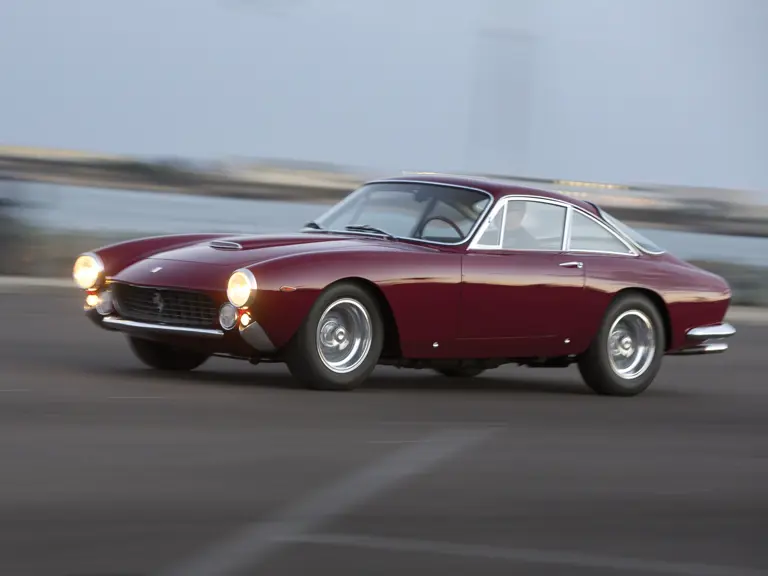
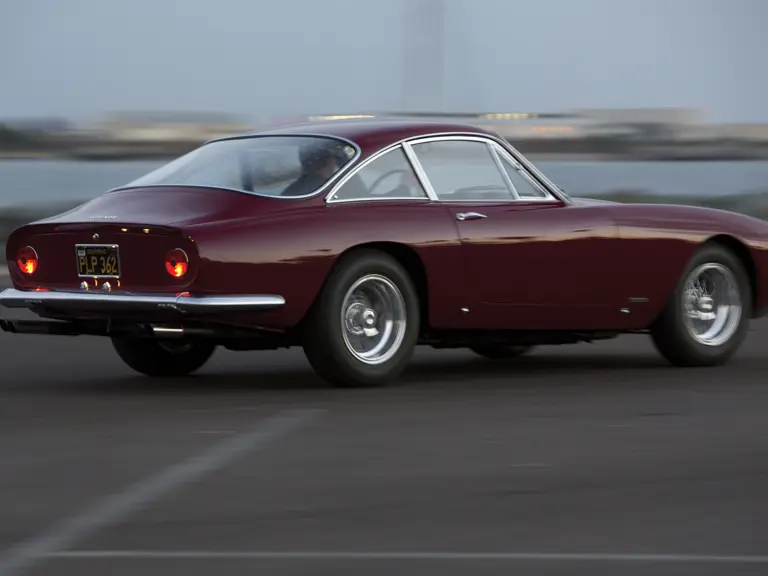
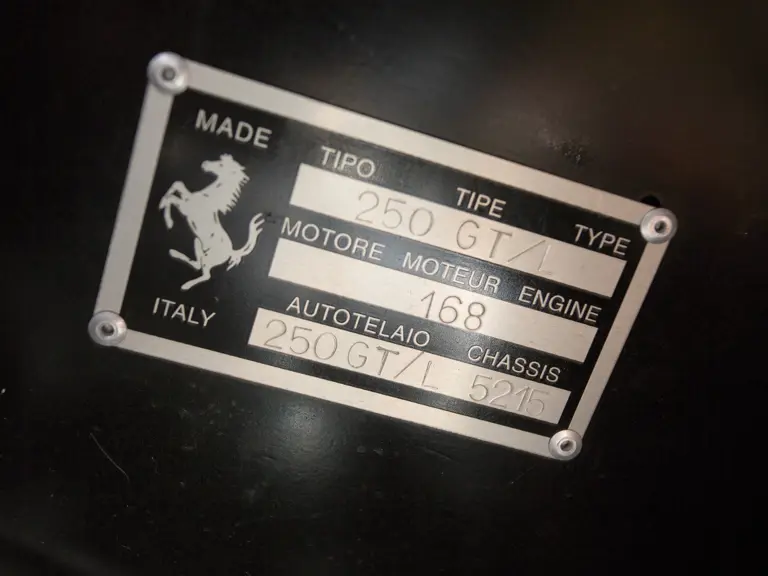
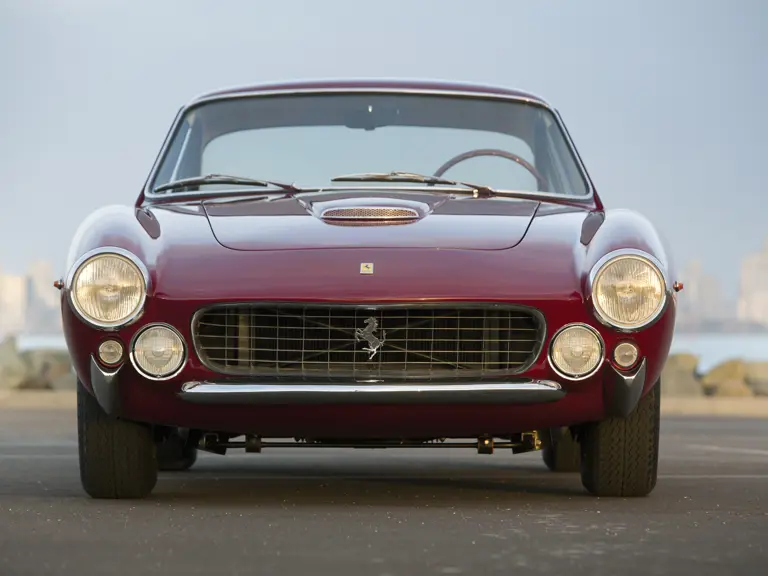
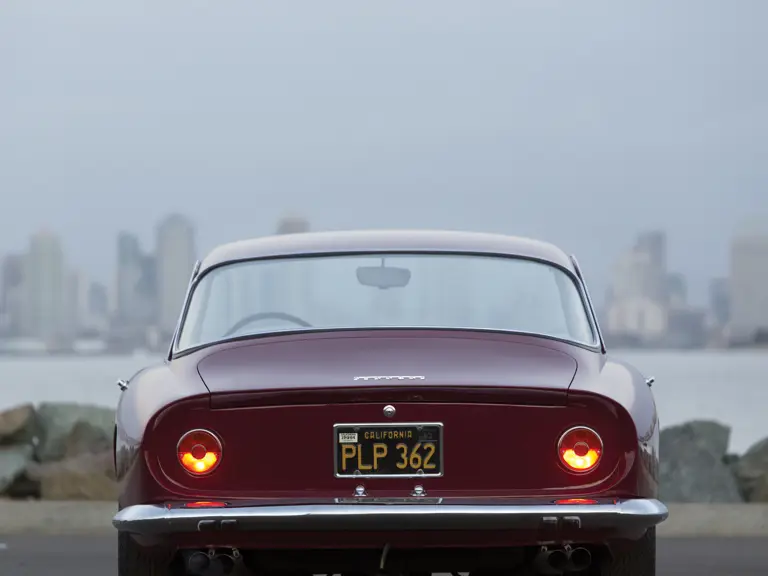
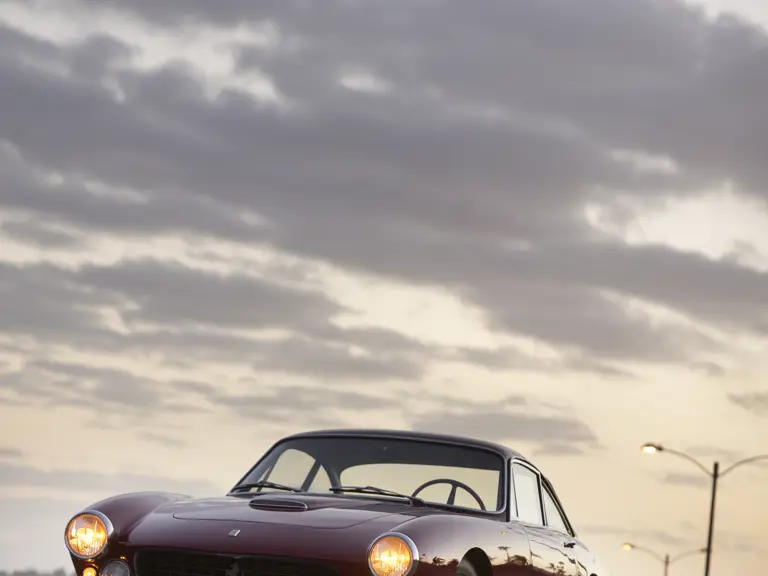
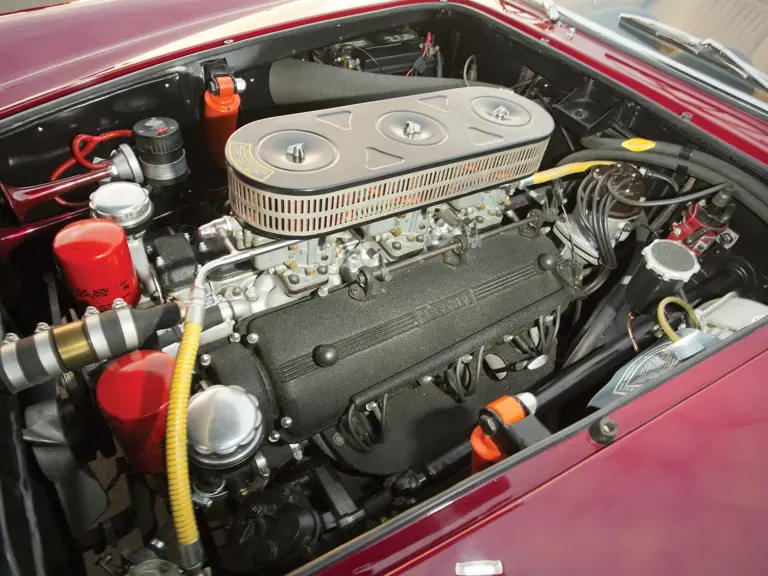

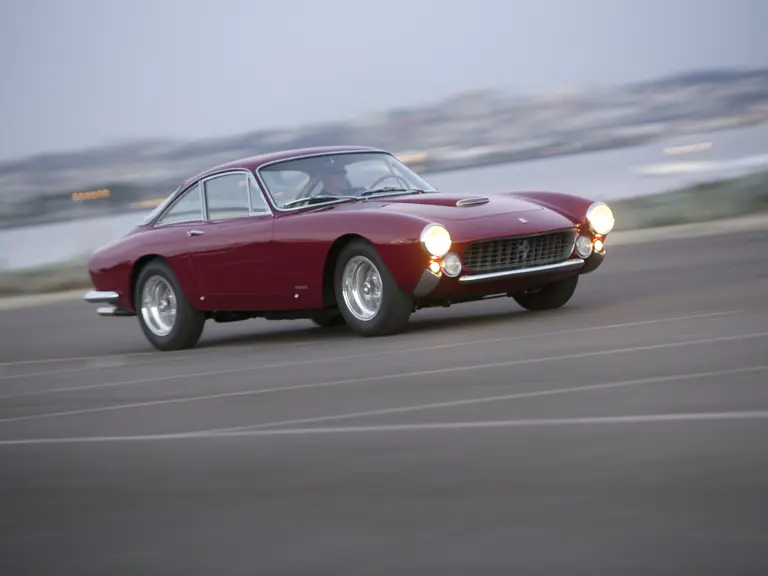
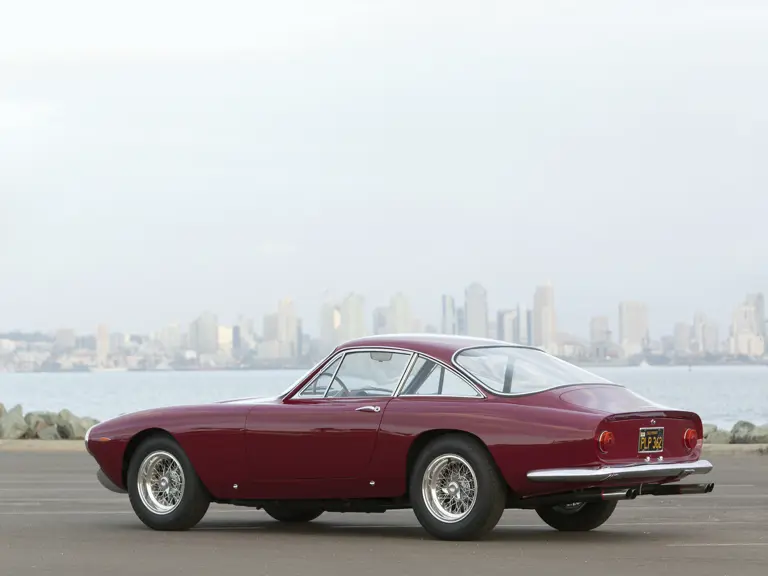
 | Phoenix, Arizona
| Phoenix, Arizona

